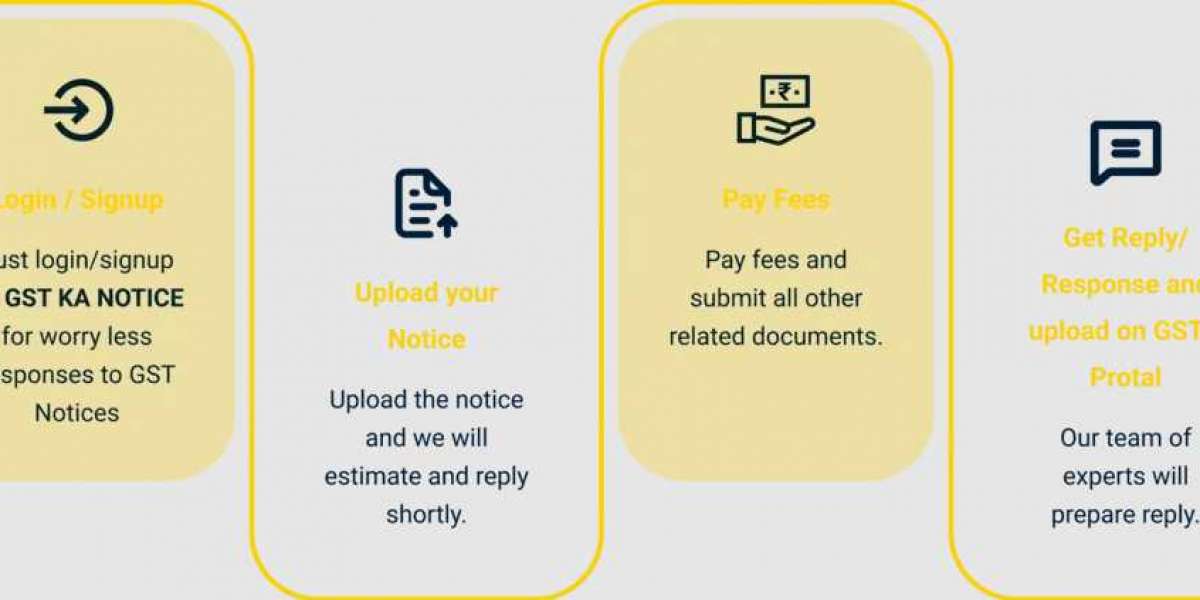The Goods and Services Tax (GST) system in India mandates businesses to file various returns to ensure compliance and accurate tax payment. Two key forms in this system are GSTR-2B and GSTR-3B. However, mismatches in gstr 2b vs 3b between these forms can occur, causing confusion and potential legal issues. This blog post will guide you through understanding these mismatches, their implications, and how to address them effectively.
Understanding GSTR-2B and GSTR-3B
GSTR-2B:
GSTR-2B is an auto-drafted Input Tax Credit (ITC) statement generated monthly.
It includes details of ITC available to a taxpayer based on the supplier's GSTR-1, GSTR-5, and GSTR-6 filings.
It is static, meaning it reflects data as of a specific date and does not change.
GSTR-3B:
GSTR-3B is a monthly self-declaration return.
It includes details of outward supplies, inward supplies, ITC claimed, and tax liabilities.
Unlike GSTR-2B, it is not auto-populated and requires manual entry by the taxpayer.
Common Causes of Mismatches
Timing Differences:
Suppliers might file their returns late, leading to a delay in reflecting ITC in GSTR-2B.
Transactions reported in GSTR-3B might not appear in GSTR-2B for the same period.
Data Entry Errors:
Manual errors while filing GSTR-3B can lead to discrepancies.
Incorrect invoice details, such as GSTIN, invoice number, or tax amount.
Reconciliation Issues:
Failure to regularly reconcile purchase registers with GSTR-2B.
Overlooking discrepancies in the supplier’s filings.
Non-Compliance by Suppliers:
Suppliers not filing their GSTR-1 on time or accurately.
Mismatches between supplier’s GSTR-1 and the recipient’s GSTR-3B.
Implications of Mismatches
Financial Impact:
Mismatches can result in incorrect ITC claims, leading to interest and penalties.
It may also affect cash flow if excess tax is paid due to ITC mismatches.
Legal Consequences:
Persistent mismatches can attract scrutiny from tax authorities.
Potential for notices, audits, and legal proceedings.
Compliance Burden:
Increased effort and resources required to identify and rectify mismatches.
Additional documentation and proof may be required during audits.
Steps to Address Mismatches
Regular Reconciliation:
Perform monthly reconciliation of purchase registers with GSTR-2B.
Use reconciliation tools or software to automate and simplify the process.
Timely Follow-up with Suppliers:
Regularly communicate with suppliers to ensure timely and accurate filing of GSTR-1.
Address any discrepancies or missing entries promptly.
Accurate Data Entry:
Ensure meticulous data entry while filing GSTR-3B.
Double-check GSTIN, invoice numbers, and tax amounts.
Adjustments in Subsequent Returns:
Make necessary adjustments in subsequent GSTR-3B filings if mismatches are identified.
Report any corrections or additional ITC in the appropriate fields.
Maintain Proper Documentation:
Keep detailed records of all communications with suppliers and reconciliations.
Ensure all supporting documents for ITC claims are readily available.
Conclusion
Mismatches between GSTR-2B and GSTR-3B can pose significant challenges for businesses. However, with regular reconciliation, proactive communication with suppliers, accurate data entry, and proper documentation, these mismatches can be effectively managed. By taking these steps, businesses can ensure compliance with GST regulations, avoid financial penalties, and maintain smooth operations.
For more info. Visit us:





